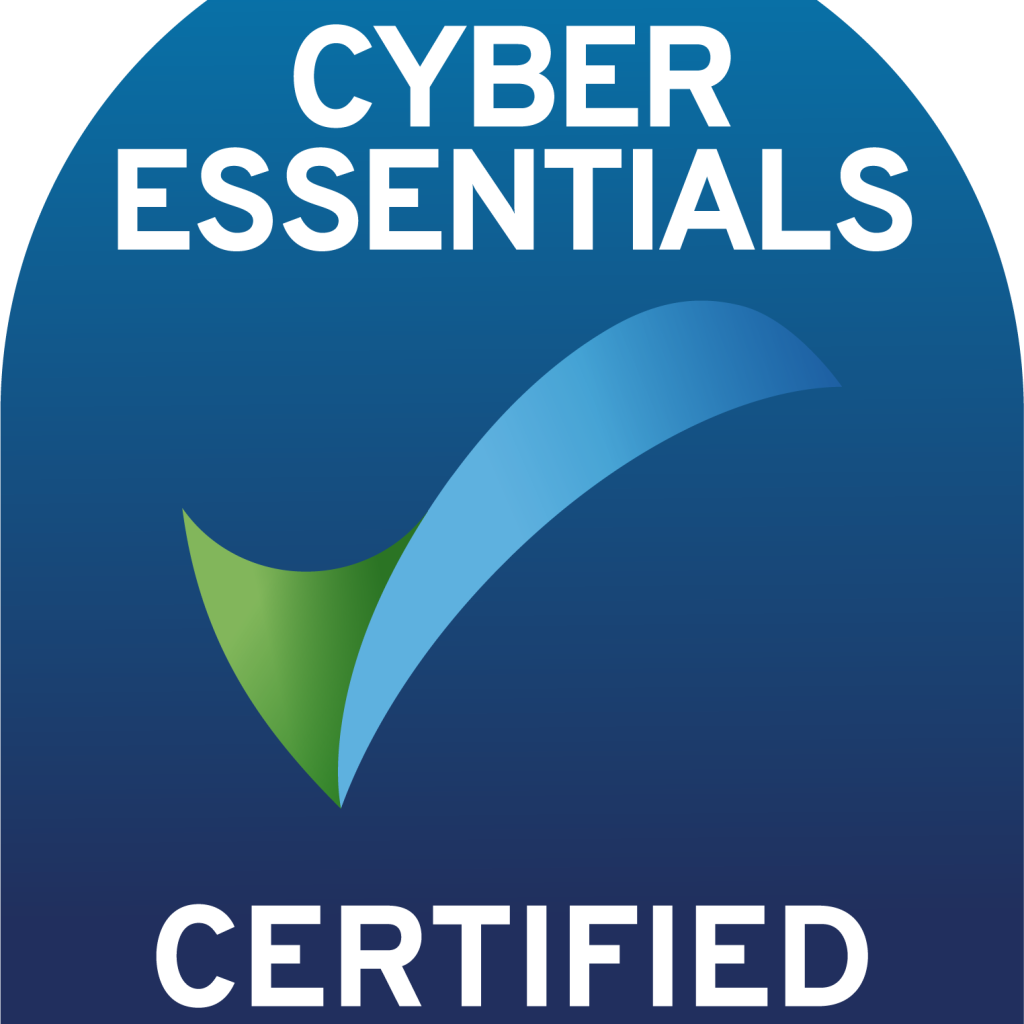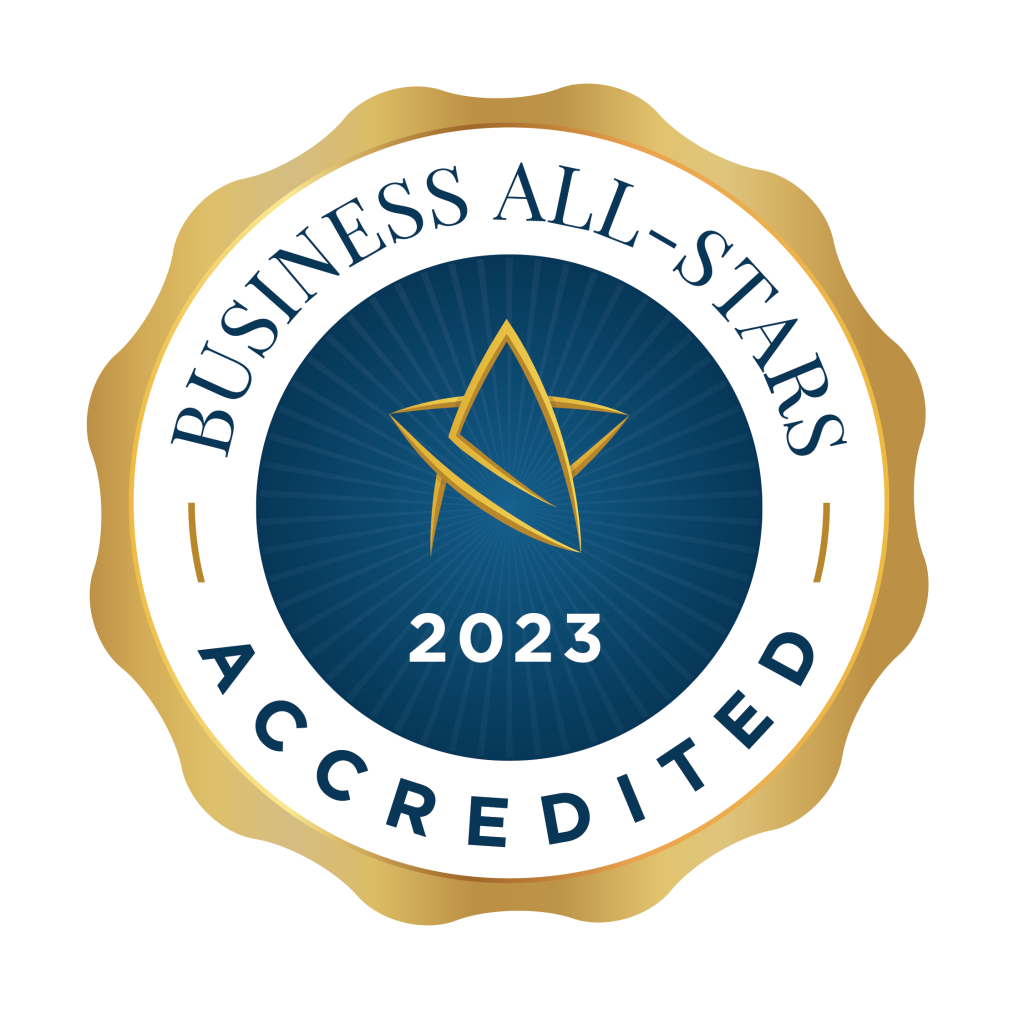I studied Electronic Engineering in the 80’s and have worked in business development for global technology firms. Throughout my career, I witnessed the rising demand and technological advancements that have made electronics manufacturing cheaper and accessible. This has not always the case for prototyping, and while some companies have developed excellent prototyping solutions, researchers and developers still need to engage multiple vendors to find the right set of capabilities for their specifications.
Mint Tek was founded to make it faster, easier and cheaper to access printed circuit boards for prototyping.
We knew that there were many operators in the marketplace providing prototype printed circuit boards. But we knew that our future customers had needs beyond the simplest and cheapest PCB. They needed to reclaim time spent procuring a prototype PCB to spend it on the critical tasks within their responsibility.
And our vision was bigger… To create a platform where researchers could source all of their hardware requirements with the minimum investment of time and energy.
We call it “From Mind to Model”.
The Humble PCB
We began by enlisting trusted prototype manufacturers in Asia and Europe.
We sourced, fulfilled and delivered prototype PCBs for anyone who needed them but we were really trying to solve a problem for researchers and developers. Sourcing boards for prototypes is only one small task of their work but it can require an unnecessary amount of time and attention to procure and manage.
Our successes were corralling MTC into working with high tech, development projects led by senior researchers. These projects have high expectations and the researchers have limited time and seek solutions fast.
We gained the confidence of our customers by hand-holding every order. Mint Tek was not a website to source cheap PCBs. Mint Tek was becoming a trusted partner for that moment a researcher needed a printed circuit board. They told us their requirements and we would be their single point of contact – managing the entire process and communications. We were saving our customers the time and energy that would otherwise go into sourcing and qualifying the right vendors.
As simple as ordering a pizza.
A Bare PCB is a Lonely PCB
But no pizza is complete without toppings!
Having established ourselves within the research divisions of a few global technology firms, we were being asked to manage assembly in the same order. Yes was the answer, but we had to find the right assembly partners who could fulfil the same quality and lead times that we were delivering to our customers for PCBs.
My experience in the industry taught me that good hardware developers build 3-5 spins of their design. And building the first 3 runs close to home is helpful for gathering feedback and improving the design. We built a panel of assembly houses in Europe and the US based on quality, capabilities and location.
As soon as we offered assembly, we were asked could we manage wire bonding. This was new to us but the network of partners we had established meant that we could find the right providers in the right regions.
Naturally, the answer was yes, and now we offer wire bonding. But no more pizza analogies.
“Can you do the design and layout for us?”
“Sure we can!” It was part of our vision anyway. Sooner than we had anticipated, we were building a team of senior designers and layout engineers across the globe.
We were now solving problems for a wider audience. Our existing customers were getting an extra hand when they needed it and younger companies with smaller R&D resources could quickly get an idea out of the lab and onto an assembly line.
From Mind to Model
Mint Tek has expanded further down the supply chain and beyond prototype PCBs towards our vision of a complete “Mind to Model” solution. We have found innovative ways to offer high tech finishes and laminate while expanding our wire bonding services to include copper pads. We have been introducing new ways to reduce costs in low volume assembly while developing our access to new technologies and processes such as flex circuits.
In the near future, we will be integrating debugging and software testing into our service, further reducing the task load on researchers and distraction from critical project tasks.
We know where we are going, but how we get there is up to our customers.
 Mint Tek is building a platform and a network of PCB manufacturing and hardware prototype assembly partners to make this process simple, cost-effective and easy for busy hardware developers.
[
Mint Tek is building a platform and a network of PCB manufacturing and hardware prototype assembly partners to make this process simple, cost-effective and easy for busy hardware developers.
[
